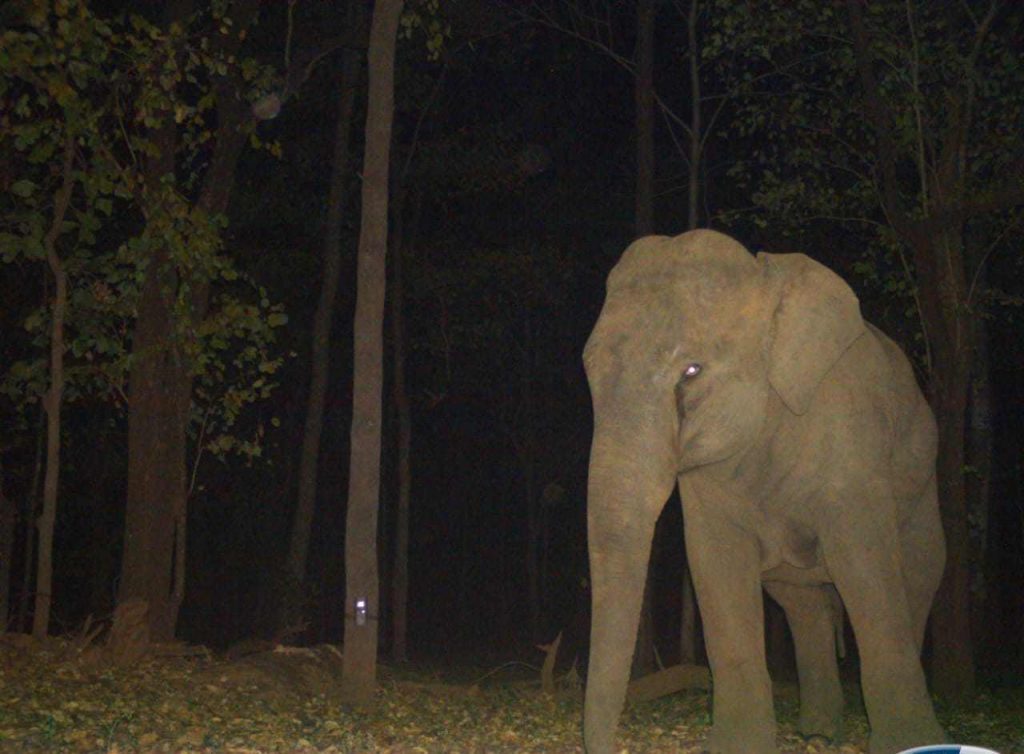Elephants play a crucial role in maintaining the health of forest ecosystems. These majestic giants not only protect and help regenerate forests but also support the growth of other herbivores, thereby contributing to a balanced and thriving environment.
In Chhattisgarh’s Udanti-Sitanadi Tiger Reserve (USTR), elephants have been instrumental in the reserve’s transformation. Since their increasing presence in 2019, they’ve positively influenced both wildlife and the environment. Elephants have gradually converted dense forests into natural grasslands, fostering the growth of various herbivorous species and thereby strengthening the entire forest ecosystem.
To delve deeper into this remarkable change, Indian Masterminds spoke with Varun Jain, a 2017 batch IFS officer and the Deputy Director of the Udanti-Sitanadi Tiger Reserve.

THE ECOSYSTEM
Before 2019, the elephant population in USTR was minimal. However, since then, their numbers have increased significantly, transforming the ecosystem.
In 2019, two elephants were first spotted in the reserve. They had traveled from Odisha, creating a natural corridor that facilitated their movement into the area. These elephants conducted a reconnaissance of the reserve, which led to the arrival of a herd of 25 elephants. This herd has since grown to 40 individuals. This herd, known as Sikaser Dal, now roams freely across five of the sanctuary’s eight ranges.
These ranges offer a rich supply of the elephants’ preferred foods, including Bhelwa root, Kullu bark, bamboo Karil, Mahuva, Bela, Sal and Tendu tree roots, and hill grass. Elephants consume tree bark and leaves, which they naturally fell. This feeding behavior has resulted in a remarkable transformation, with dense forests giving way to flourishing grasslands.
Mr. Jain said, “For the first three years, the elephants primarily focused on preventing human-wildlife conflict. However, after 2023, we began to observe significant positive changes directly attributable to their presence. In the hilly areas of USTR, the elephants’ activity, such as clearing ditches, created open spaces that allowed grasslands to develop.”
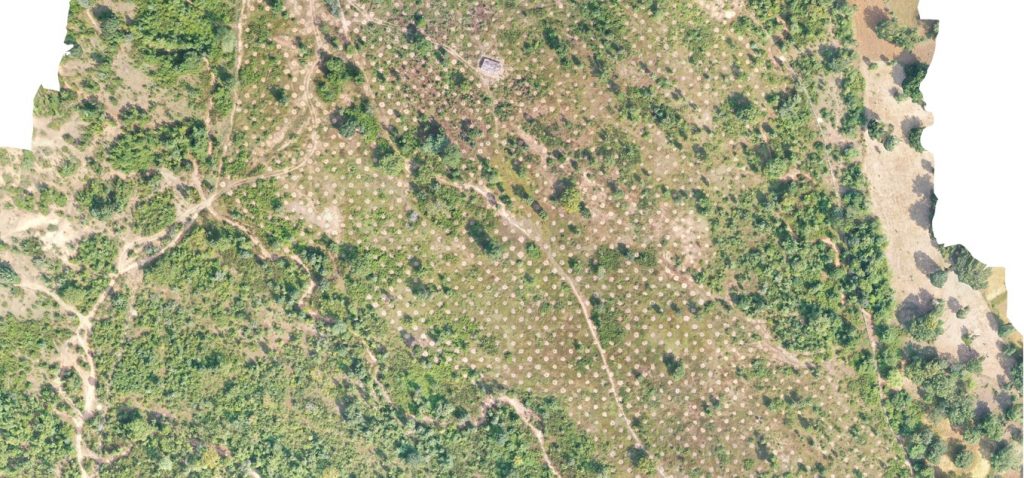
THE CHANGE
The USTR covers an area of 1,654 square kilometers, with nearly 500 square kilometers designated as dense forest. Elephants have transformed approximately 30 to 35 square kilometers of dense forest into medium-density areas and grasslands over the past four years.
Between October 2023 and December 2023, a herd of elephants made their way through the Bilpani forest in the Arsi Kanhar range. Their movement and actions, including breaking through thick forest undergrowth, resulted in the creation of open spaces. Within a few months, about 60 hectares of dense forest were transformed into vibrant grasslands, a significant natural change brought about by the elephants.
Similar transformations have occurred in Naripani and Dev Dogar in Kulhadighat, as well as in the Masula area of the Risgaon range. In these regions, native grass species such as Doob, Shukla, and Bhod have begun to thrive.
“Approximately 250 hectares of grassland have emerged naturally, providing ample grazing grounds for a variety of herbivorous animals beyond just the elephants,” Mr Jain added.
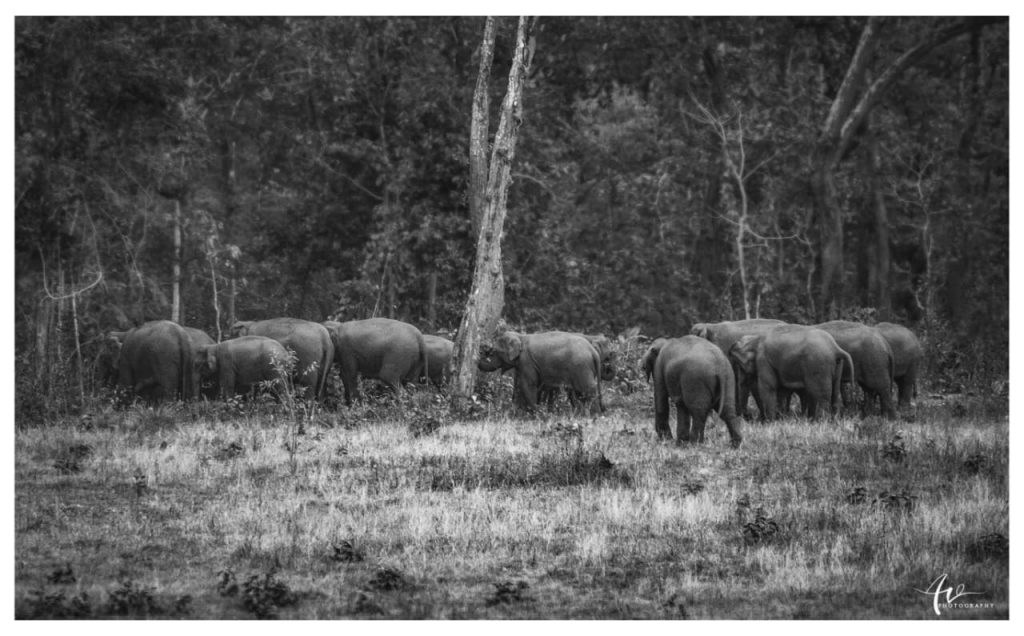
DENSE FOREST vs GRASSLAND
It is generally believed that dense forests are beneficial for the environment. However, in this case, the dense forest is gradually converting into grassland, which might seem detrimental at first glance. So why is this transformation not harmful?
Mr. Jain explained, “Nature has its own way of maintaining balance. Dense forests exist for a reason, but when nature shifts towards creating grasslands, it is part of a natural process. This transition can have positive effects, and the transformation we’re witnessing has been made possible by the presence of elephants.”
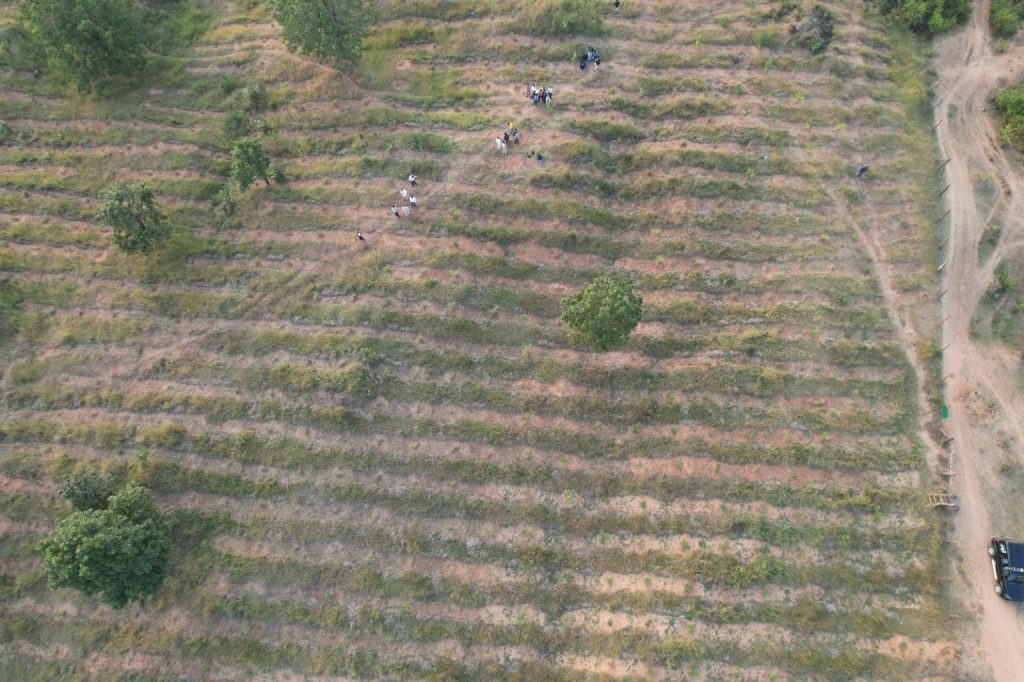
REGENRATION OF FOREST
Elephants traveling from Kulhadighat to Arsi Kanhar have adopted Torenga as their corridor. Although Torenga had minimal forest cover previously, recent years have seen an increase in new saplings and the growth of fruit trees from Kulhadighat.
Additionally, as elephants move and defecate, their droppings spread seeds, aiding in forest regeneration. This seed dispersal from elephant feces has been observed contributing to new plant growth in USTR.
Describing elephants as true environmental allies, Mr. Jain highlighted another significant benefit, “With 143 Beat Forest Officers (BITs) and only 60 forest guards, the presence of elephants plays a crucial role in ensuring forest safety. Their presence helps in monitoring and protecting the forest areas effectively.”
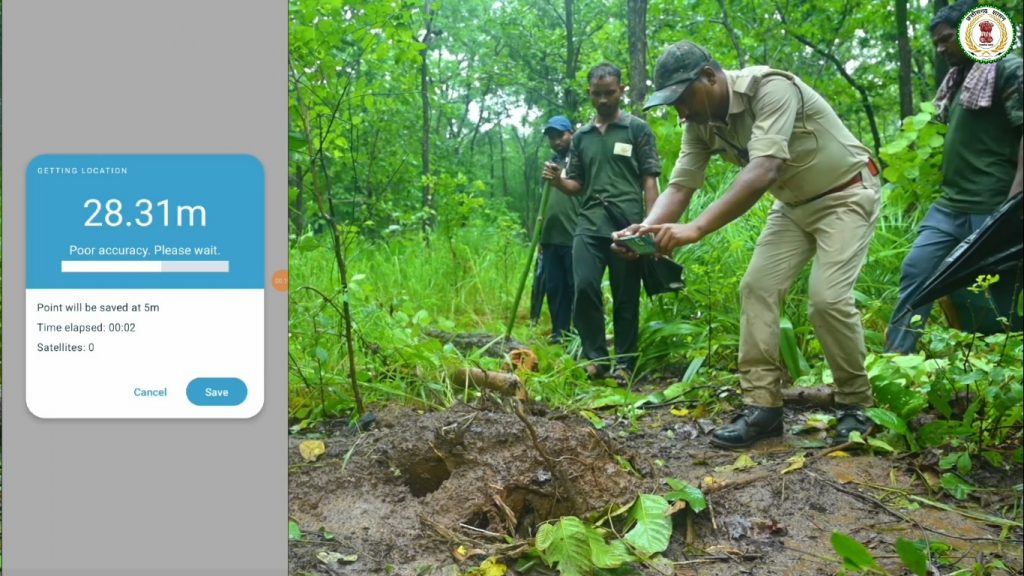
REDUCED HUMAN-ANIMAL CONFLICT
Previously, the dense forests deprived of grasslands supported only a small prey base, such as spotted deer and sambars, for top carnivores like leopards. However, as the area is transitioning to grasslands, the prey base has increased somewhat, leading to fewer cases of leopards venturing into human habitations and thereby reducing human-animal conflicts.
THE ELEPHANTS OF USTR
An elephant typically requires between 200 to 250 kilograms of food and 300 liters of water daily. The dense forests of USTR meet these needs, and this consumption is contributing to the formation of grasslands within the reserve.
The ample water supply from the Udanti River and its perennial stream has also encouraged the elephants to establish a permanent presence in the area.
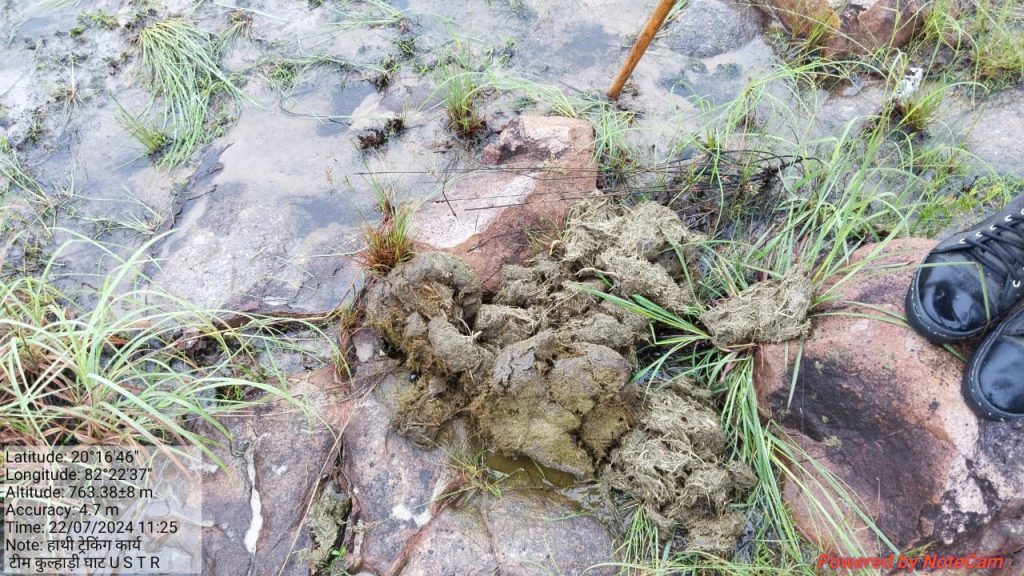
To support and maintain the elephant population, the sanctuary administration is actively implementing the Elephant Habitat Development Scheme. Two years ago, the sanctuary had 189 ponds. Since then, efforts have been focused on both preserving these existing ponds and constructing over 50 new ones in areas frequented by elephants. Encroachers have been removed, and reforestation efforts are underway on previously occupied lands.
In Kulhadighat, bamboo has been planted across 150 hectares, while an additional 50 hectares in Indaggaon have been similarly planted to provide a consistent food source for the elephants. To further enhance their food supply, fruit trees such as jackfruit and mango are being cultivated in 40 hectares each in Taurenga and Indaggaon, and in 20 hectares in Sitanadi.
The sanctuary administration has stationed 25 elephant patrol officers to monitor the herd closely. Alongside these officers, rangers and deputy rangers maintain vigilant oversight to ensure that human activities do not negatively impact the elephants and that the elephants are kept safe from harm.
